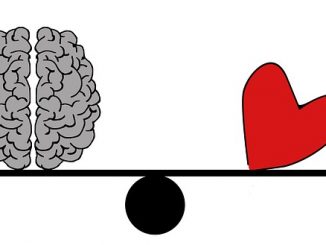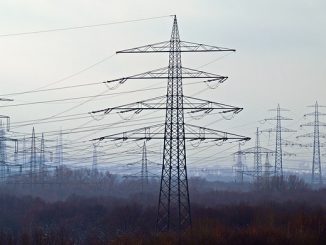Until today, for a utility 1.0, the most attractive customer is, without question, the biggest consumer. Thanks to one contract, it allows the utility to secure a large amount of electricity, gas or heat. A special dialogue was historically established between such a customer and its energy suppliers.
In a regulated and protected market environment, the main challenges of the large customer-supplier relationship were in the quality of service and the quality of energy. Thus both parties built, over time, a collaborative field and a common understanding, essentially of technical nature, focusing on the adaptation of distribution and power generation systems for these large customers.
What about that relationship today?
The opening of the electricity and gas markets is the first factor of destabilization of the relationship between big consumers and energy companies. With the potential revenue they represent, these customers are the first target of the new entrants in a market. Few suppliers indeed, entered a new market by targeting the residential segment, that is more loyal to incumbent suppliers and whose access is more difficult.
Courted from all sides, large consumers are in a strong position to negotiate energy prices.
For suppliers, the expected operational margins with these customers tend to decrease.
Moreover, large power-intensive industries, where the cost of energy is an important part of the manufacturing costs, have organized themselves for a long time to master these costs: opportunities to sell energy services to them are lower.
This tendency to develop internal energy expertise is gaining ground because the impact of a good control of this cost line is not only economic but environmental. More and more large consumers pay attention to offer to their own customers the best “green” image as possible.
Thus, energy services are not always a success with these great consumers.
Some services still attract attention: those through which the customers can fund the evolution of their own energy systems (i.e. energy performance contracts). But beware, this interest, for some customers, is highly opportunistic and does not reflect a desire for a lasting and mutually fruitful collaboration.
Priority customers of utilities 1.0 will not necessarily be those of utilities 2.0: only some will not want to invest in energy skills and will remain a fertile ground for the development of a winning relationship.
The average size B2B customers have so far been neglected. Too diffuse to be the subject of a special attention, each of them represents a moderate challenge. Few will grow their own energy skills while energy becomes more and more a major issue for them also.
Would they not be a segment to be better addressed?




Leave a Reply